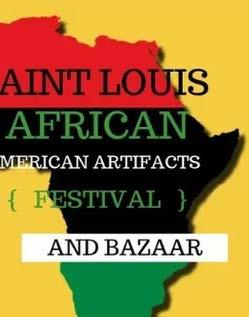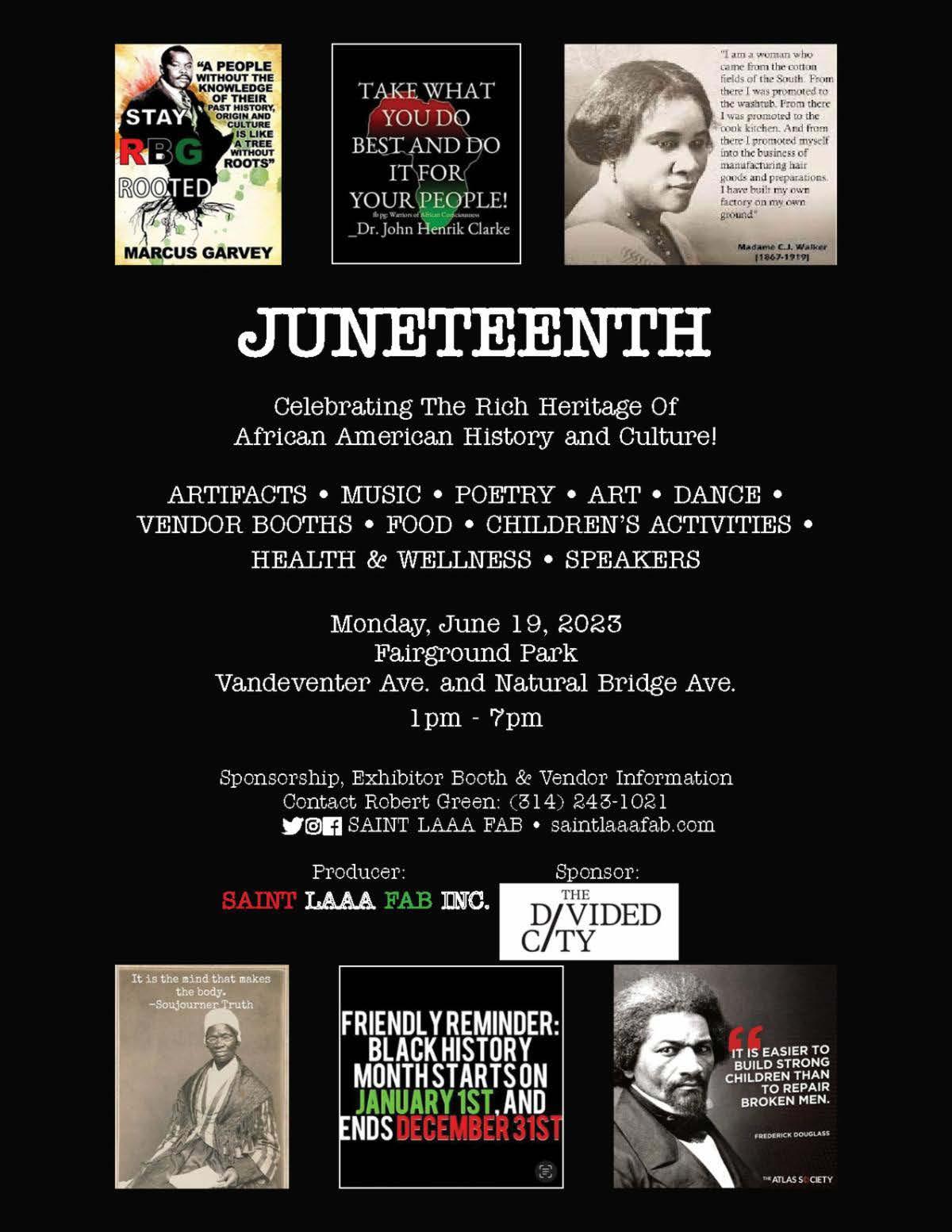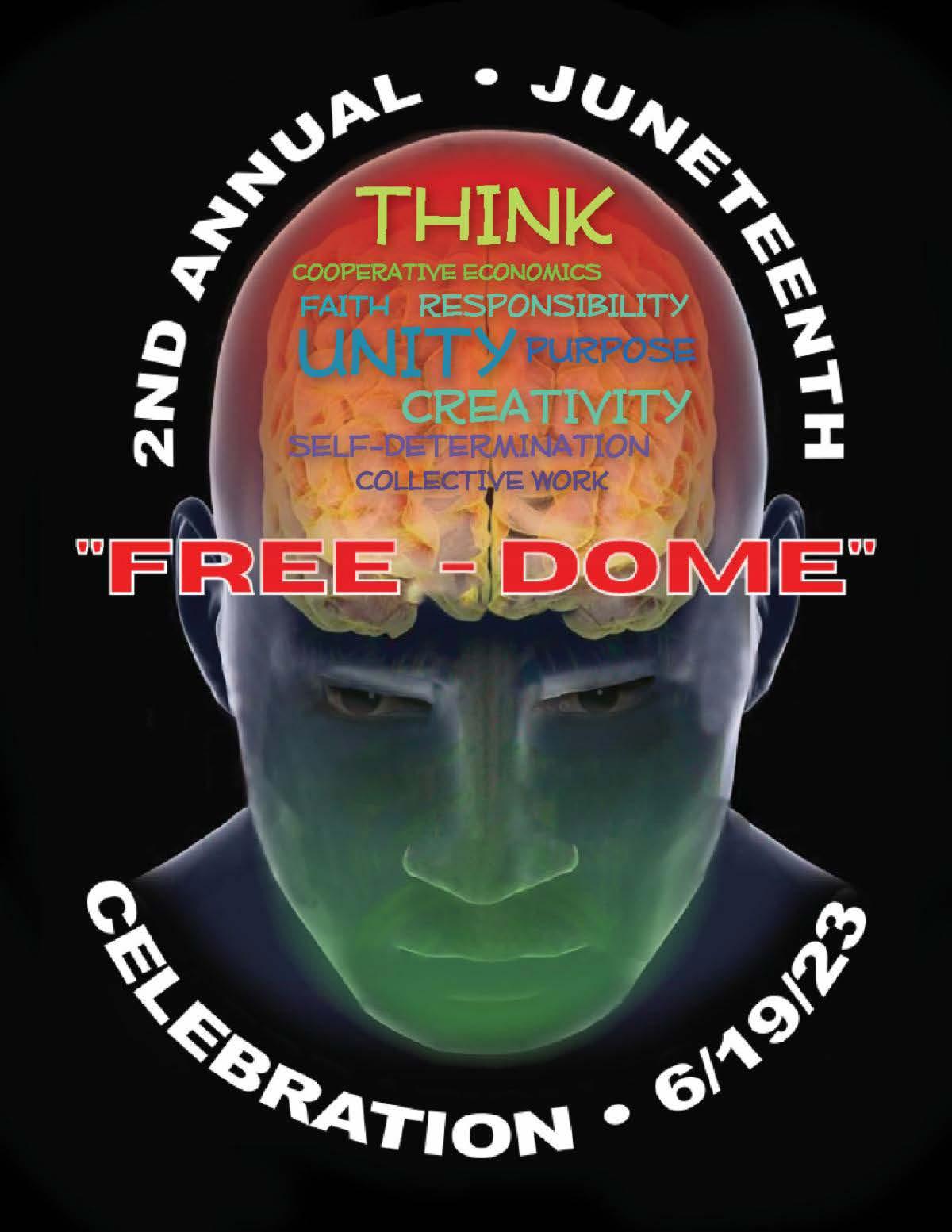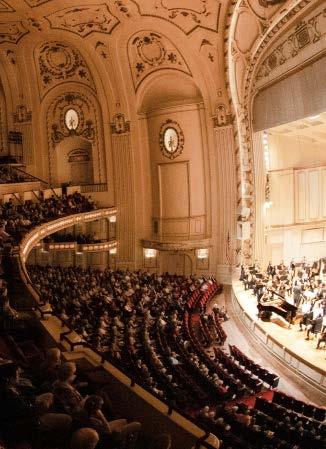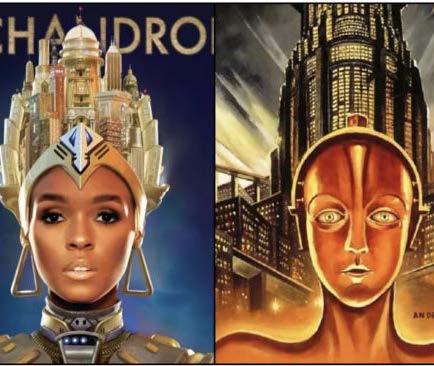
1 minute read
Exploring the Influence of Juneteenth Juneteenth on Contemporary Art Movements
Juneteenth, the annual celebration commemorating the emancipation of enslaved African Americans in the United States, has not only become a significant cultural and historical event but has also emerged as a powerful source of inspiration for contemporary artists. In this article, we delve into the profound influence of Juneteenth on contemporary art movements, examining how artists have used their creativity to express the themes of freedom, resilience, and the ongoing struggle for racial equality.
1. The Afrofuturism Movement: renowned Soundsuits, elaborate wearable sculptures made from repurposed materials, are performative expressions that symbolize resilience, identity, and the reclamation of black bodies in the face of oppression.
Advertisement
Afrofuturism, a cultural and artistic movement that combines elements of African diaspora culture with science fiction, has drawn inspiration from Juneteenth to explore themes of liberation and empowerment. One notable artist in this realm is Janelle Monáe, whose concept albums, such as "The ArchAndroid," blend music, visuals, and storytelling to convey narratives of black liberation and future possibilities.
4. Public Installations and Murals:
Juneteenth has also fueled a surge in public art installations and murals that serve as visual testaments to the struggles, achievements, and cultural legacy of African Americans. Noteworthy examples include the vibrant and powerful murals by artist Kehinde Wiley, who depicts contemporary black figures in the grandeur of traditional European portraiture, challenging historical narratives and celebrating black identity.
Contemporary artists employing mixed media and collage techniques have embraced Juneteenth as a subject matter, using found objects, historical photographs, and archival materials to create powerful visual narratives. Examples include the works of Wangechi Mutu, whose collages address issues of identity, history, and the African diaspora, intertwining them with the spirit of Juneteenth.
Performance art has become a vehicle for artists to convey the significance of Juneteenth through live actions and transformative experiences. Artist Nick Cave's

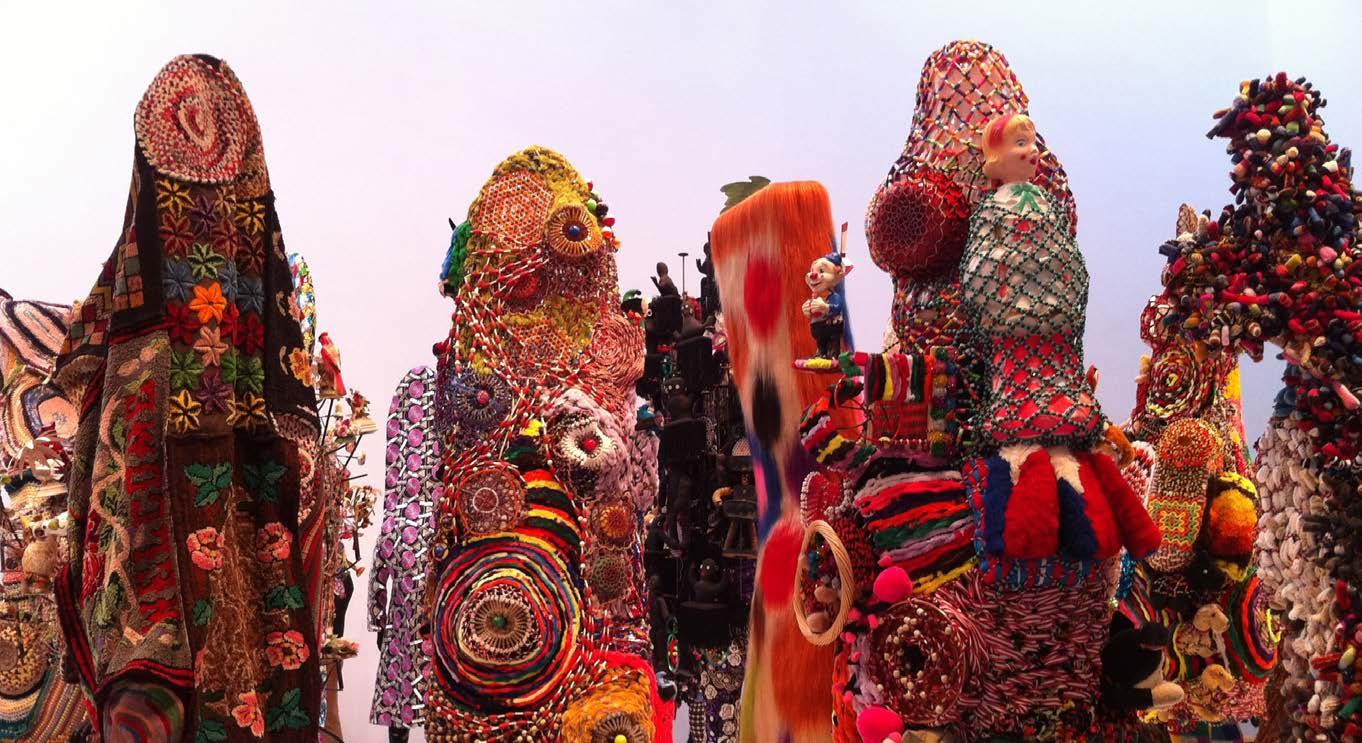
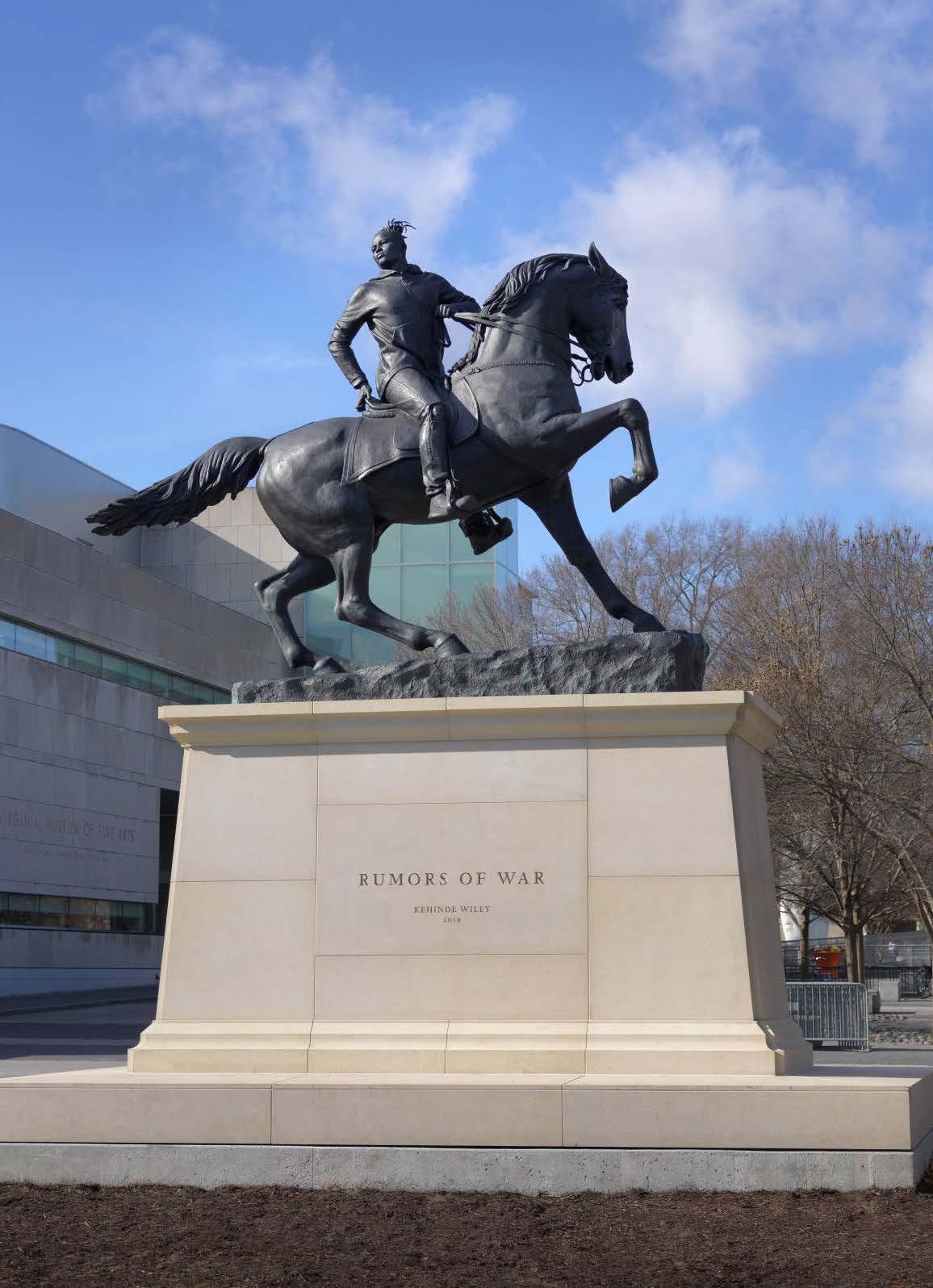
5. Conceptual Art:
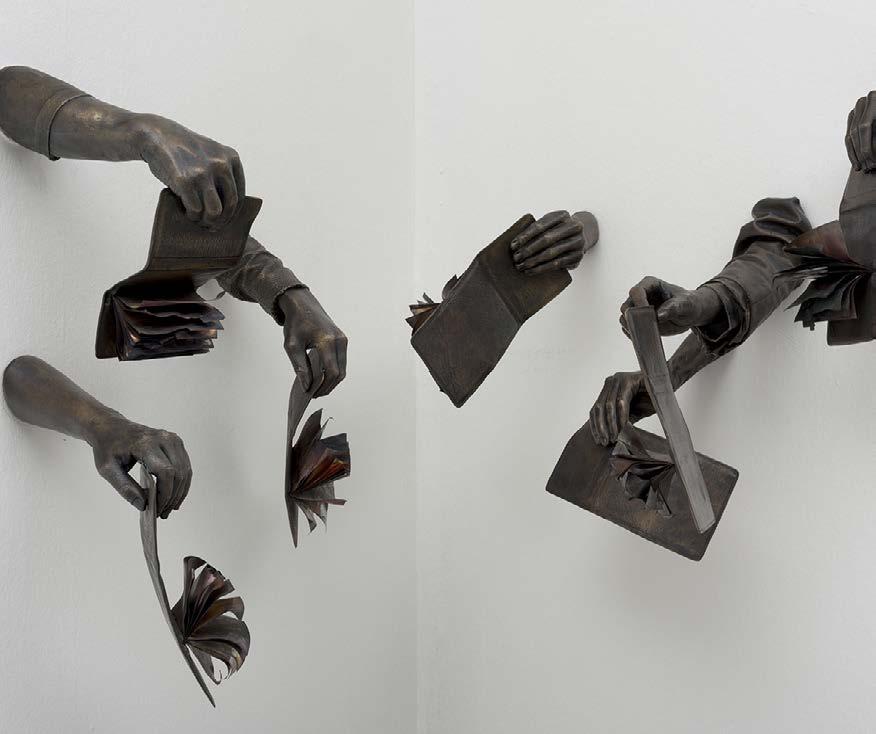

Contemporary conceptual artists have utilized Juneteenth to explore deeper philosophical and sociopolitical questions surrounding freedom and equality. Hank Willis Thomas, for instance, employs text-based works and multimedia installations that critically examine historical and contemporary narratives of race, power, and systemic oppression, prompting viewers to engage with the complexities of Juneteenth's significance.
From Afrofuturism to mixed media, performance art to public installations, and conceptual art to murals, artists have utilized various mediums and techniques to explore the profound legacy of Juneteenth. Through their creations, these artists not only celebrate the past but also shed light on the enduring struggles and aspirations of African Americans, fostering dialogue, reflection, and the continued pursuit of social justice.
Note: the mentioned artists and their works are representative of the influence of Juneteenth on contemporary art movements, this is by no means an exhaustive list, as the creative landscape is continually evolving with new voices and expressions emerging.
~The Arts Today Ezine Shontel
